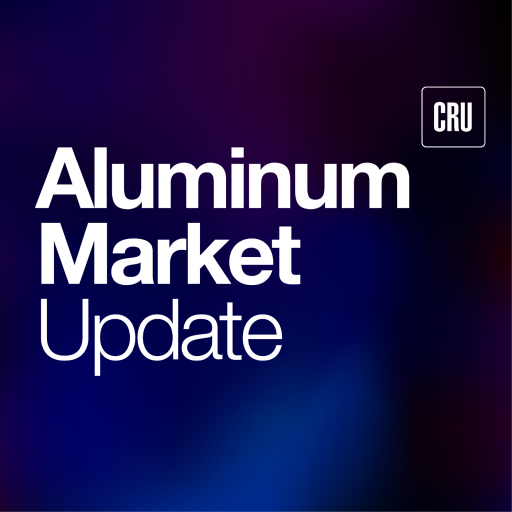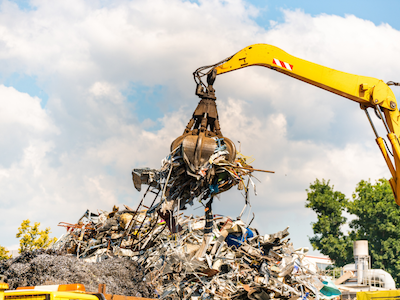Decarbonization

July 8, 2025
Hydro Extrusions production recertified by ASI
Written by Stephanie Ritenbaugh
The Aluminum Stewardship Initiative (ASI) has recertified 74 of Hydro Extrusions’ facilities worldwide.
The recertification, which is valid for three years, includes the company’s ingot casting, rolling of aluminum coils and strips, extrusion, fabrication and surface finishing, and the manufacturing of aluminum tubes. The ASI Performance Standard recognizes the responsible production, sourcing and stewardship of aluminum.
“Customers want suppliers that are reliable, responsible and forward thinking. This is more proof,” says Executive Vice President of Hydro Extrusions, Paul Warton, in a statement.
Of the 74 production sites, 42 are in Europe and 25 are in North American, with two in Asia and five in South America. The company has a total of 140 production sites in 40 countries.
Hydro Extrusions is a business unit of Norway-based Norsk Hydro ASA, an aluminum and renewable energy company with 32,000 employees in more than 140 locations and 42 countries.
“I am very proud of this because it is the first time we are using the new, more stringent version of the ASI Performance Standard,” Sustainability Director Jean-Marc Moulin of Hydro Extrusions said in a statement.
Looking at the supply chain
The ASI is a global non-profit standards-setting and certification organization that is meant to foster responsible production and sourcing throughout the aluminum supply chain. The organization says it was “formed as a multi-stakeholder initiative to drive a global, sector-wide transformation for aluminum,” with a focus on low-carbon production, human rights, circular economy, and traceability.
“Our standards are designed to help the aluminum sector deliver on the 1.5-degree climate scenario,” ASI said. “We are aligning with the OECD Due Diligence Guidance on Responsible Supply Chains of Minerals from Conflict-Affected and High-Risk Areas. Beyond the standards, we engage directly with affected communities and collaborate on data, research and other activities.”
“We believe that taking action at each step of the value chain will maximize the contribution of aluminum to a sustainable society,” ASI said. “Our work spans from bauxite mines and recycled aluminum, right through to downstream use sectors.”
Certification requires multiple steps, including a third-party auditor for additional oversight.
So what does it take to become ASI certified?
While audits and oversight are built into the full process, what follows focuses specifically on the material specifications and supply-chain based requirements, depending on a company’s place in the value chain.
Two standards: Performance Standard and Chain-of-Custody (CoC) Standard
- The Performance Standard includes more stringent environmental and social criteria, as well as disclosure of energy sources than the CoC standard.
- The CoC Standard requires scrap traceability requirements, while the Performance Standard does not
- Performance requirement does not require a billet producer to disclose their scrap + primary blend, whereas CoC requirement does.
Eligible Scrap Requirements
- No cash payments over $10,000 allowed, payments must be made via requires bank transfer, verified credit, or another formal channel.
- Scrap-seller due diligence: Scrap supplier’s business license and tax ID, or national identification number if they are a individual trader/broker, are required, and cannot be sourced from a sanctioned individual or entity.
Pre-consumer
- Scrap must be intentionally generated, batches that were deliberately scrapped do not qualify.
- No co-mingling with post-consumer scrap is permitted.
- Documentation of origin must show that the scrap was generated by routine manufacturing and include evidence of quality control rejection if it was discarded due to specification failures (to prove the batch wasn’t intentionally scrapped).
Post-consumer
- Scrap must be properly sorted prior to acceptance, meaning it should be processed and free of coatings, plastics, and oil and moisture.
- A documented collection pathway is required. Similar to pre-consumer scrap’s origin documentation but more focused on how post-consumer scrap is collected rather than generated. This includes:
- Records/logs from municipal/curbside pickup programs, commercial/industrial return-to-manufacturer initiatives, and material recovery facilities (MRFs)/scrap yards.
- Bills of lading and shipping manifests that link the scrap to those facilities and include accurate invoicing information.
Primary Aluminum
Certification of pure metal, as it applies to midstream producers that melt and account for primary aluminum as a feedstock in the material balance of their semi-fabricated production and the upstream producers of primary metal themselves, subject to their own input requirements concerning bauxite and alumina.
- The primary aluminum smelter must be ASI certified, as regards producers of wrought or semi-fabricated products.
- Chain-of-custody traceability is required, and can trigger a deeper scrutiny and audits if the material is routed through a complex logistical chain en route to a facility. This also applies if the smelter is in a conflict zone or from a sanctioned entity.
Note: Companies within a country that face antidumping/countervailing duties don’t qualify as “sanctioned”.
- Casthouses must declare whether their ingots or billets were produced using a.) only pure primary metal b.) blended (primary + eligible scrap) c.) recycled only (with eligible scrap).
- The smelter must disclose their energy source to show how the electricity used to produce the aluminum was generated.
- Facilities must comply with fluoride and sulfur impurity requirements.
- Primary aluminum must originate from an ASI compliant alumina producer.
- Casthouse emissions must be continuously monitored.







